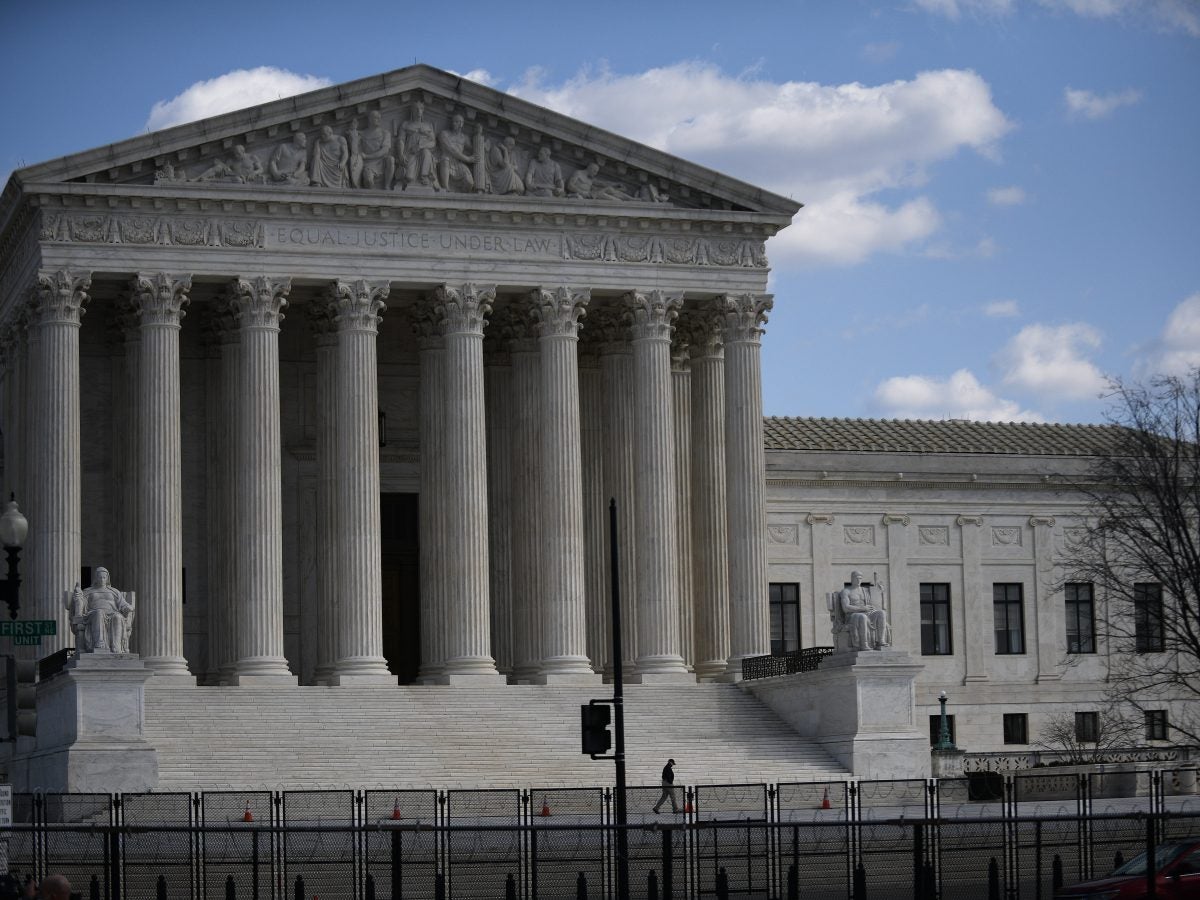
After the CDC ordered an eviction moratorium on August 3, the Supreme Court ruled Thursday that the eviction ban was invalid, leaving it to Congress to issue a new ban.
In a 6-3 decision, America’s highest court decided the fate of potentially millions of people, allowing evictions to proceed while COVID-19 continues to surge. “If a federally imposed eviction moratorium is to continue, Congress must specifically authorize it,” the majority opinion said.
Congress, however, is on a recess. The House returns to Capitol Hill September 1. The Senate won’t be in session until September 13. It’s unclear if any progress has been made on the bill Maxine Waters introduced, H.R. 4791, to authorize an eviction moratorium until December 2021.
The pace of the distribution of Emergency Rental Assistance funds remains paltry. It increased by about 15% since June and reached 340,000 households in July, bringing the total amount of distributed rental assistance to about $5.1 billion, according to the Treasury Department. But about $41 billion in funds have yet to be distributed.
While government at every level and in every branch have played hot potato— passing on the responsibility to keep people housed and deflecting blame elsewhere— everyday people continue to be housing insecure and on the brink of eviction or already on the streets. The specific effects of the Court’s decision remain to be seen, given that evictions continued even under the Trump-era ban, and state courts interpreted the Biden-era ban in different ways, with some judges continuing to permit evictions. However, the consequences could be far-reaching. According to a 2020 report by the Aspen Institute, “an estimated 30 million to 40 million people in the U.S. are at risk of eviction due to the COVID-19 housing crisis.”
Black communities in particular are hit hard by evictions. “Nearly one in four black renters lived in a county in which the black eviction rate was more than double the white eviction rate,” with Black women 36% more likely to be evicted than Black men, according to a report from Princeton’s Eviction Lab. The Brookings Institute found that in the 131 metropolitan areas where they examined eviction filings, “[e]ach year, an average of 666,396 of these eviction filings (35.4%) and 181,495 of these evictions (27.2%) took place in Black-majority neighborhoods,” though Black Americans make up 13.4% of the U.S. population.
Some groups have organized on the local level, helping renters apply for rental assistance and advocating for state-level eviction bans, for instance. Without Congressional action, however, the prospects for renters continue to be dire.